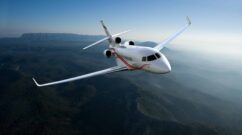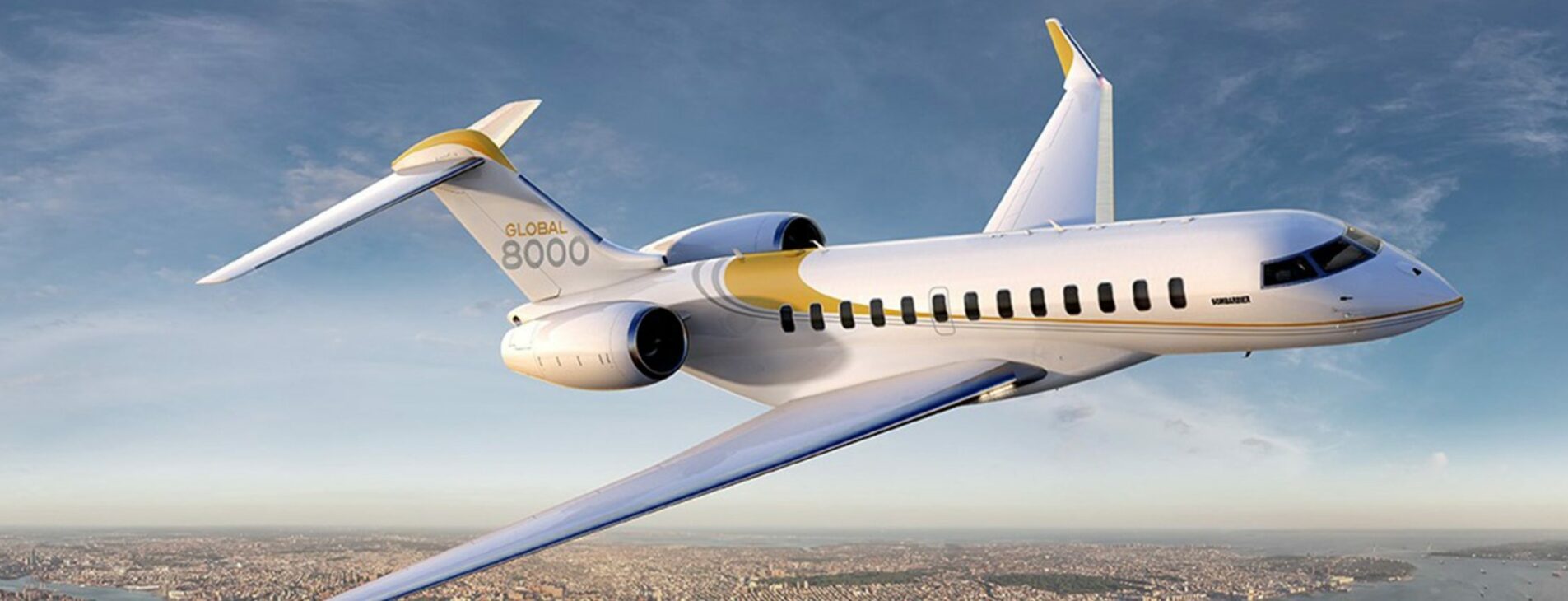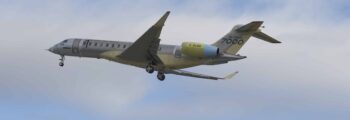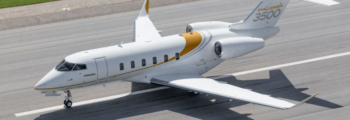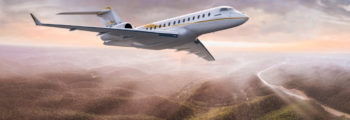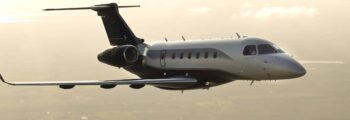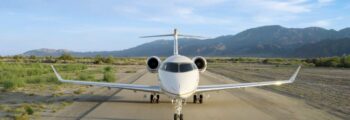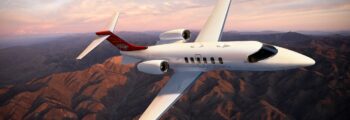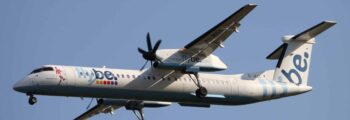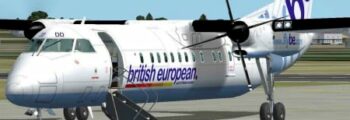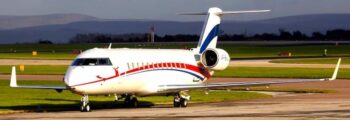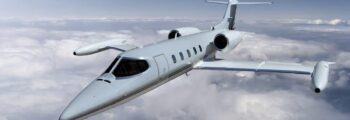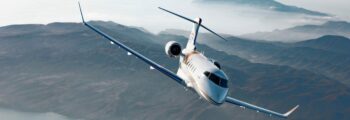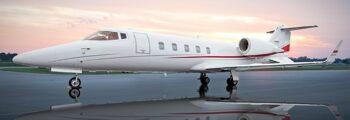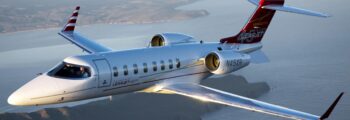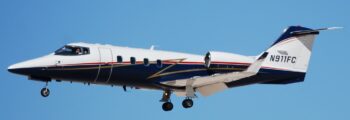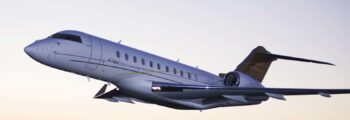Bombardier Aviation is a Canadian company founded by the Bombardier group. In the 1980s and 1990s, Bombardier strategically acquired several aerospace companies, expanding its reach and capabilities. The acquisition of Canadair, the renowned Canadian aerospace company, and later the purchase of Learjet, positioned Bombardier as a significant force in both regional and business aviation.
Today, it has become an aircraft manufacturer specializing in private jets and stands at the forefront of innovation in private aviation, continuously introducing cutting-edge technology and design in its Challenger and Global series. As the company navigates the dynamic aerospace landscape, its legacy of innovation and commitment to excellence remains a defining aspect of its identity.

Bombardier’s story: from the origins of transport on earth to its takeoff
How Bombardier was formed
- At the beginning of the 20th century, in 1907, Joseph-Armand Bombardier was born in Valcourt, Quebec. This man of true ingenuity and entrepreneurship built his first snowmobile at the age of 15. His desire was clear: to facilitate the mobility of people, whatever the climatic conditions (inspired by the snowy landscapes of Canada). And his dream came true.
- In 1937, his seven-seater snowmobile (the B7) was launched and was a great commercial success.
- In 1959, building on his success with the snowmobile, he launched the famous Ski-Doo snowmobile that year.
A change of direction
- 1966: Laurent Beaudoin became the CEO of the company. This marked the start of a new chapter. The company aimed to become more diverse and to grow.
- 1969: Bombardier went public (initiatives were listed in Montreal and Toronto).
- 1970s: The company Bombardier (Transport) was involved in rail transportation and rolling stock such as cars for individuals, but also for public transport such as subway cars.
Bombardier’s takeoff
In 1986, after the takeover of Canadair, Bombardier finally opened its branch in the aviation industry. The company took over the airspace and built different aviation programs. It also bought out small, struggling aircraft manufacturers to help them get back on track. First it was Short Brothers, then Learjet, and finally Havilland Canada.
Bombardier then took over the operations of these companies. The company then began working on wide-body business jets (the Challengers) as well as the Bombardier 415 amphibious aircraft (for forest fire fighting) which was launched in 1994. Finally, it worked on Learjets (the same name as the former company) and business jets called Global from 1993 onwards.

Bombardier aviation: its projects from 1989 to today
Operations resume for the former companies
In 1989, the CJR (Canadair Regional Jet) range was launched. They were twin-engine aircraft with 50 to 100 seats depending on the model, and specialised in regional routes. Today, they are the preferred aircraft for this type of journey. Some of these CJRs are often converted into cargo planes for the transport of goods.
Another flagship series of Bombardier aircraft is the Learjet range of aircraft. Since the 1990s, Bombardier has been reinventing and improving these private jets into true masterpieces. Along with low operating costs, these business jets offer further improvements such as cabin upgrades and increased aircraft performance.
Challenges to consider
Many challenges were faced by the Canadian company. In 1992, after the acquisition of the British manufacturer Havilland (part of the Boeing group), Bombardier began producing 50-seat twin-engine and turboprop aircraft. It was the only company to work on this type of regional aircraft.
Shortly after, a new achievement was successfully met: Bombardier managed to considerably reduce the noise pollution of their twin-turboprop engine. This earned it the name “Q Series”; the Q standing for “quiet”.
C-series
The C-Series are commercial aircraft launched in 2008. These aircraft have become over time the most advanced aircraft in commercial aviation. After a few years of research and design, the first C-Series made its first flight in 2013. Many aircraft orders were expected from airlines. This was the case for the German company Lufthansa, who ordered around 60 aircraft (for an estimated $2 billion). Some time later, Bombardier partnered in 2017 with Airbus to enhance the C-Series range. However, Bombardier was forced to withdraw from the project due to lack of funds.

Bombardier’s turnaround
For a period of 5 years until 2020, the company entered into a recovery plan. Debts accumulated, so in order to keep the company and ensure a future, it was necessary to withdraw from some projects. This is why, even with the success of the C-Series, Bombardier had to give up on the project. Similarly, the Bombardier Transportation branch was sold to Alstom in February 2020. This allowed the company to significantly reduce its debt.
In 2020, the CEO of the company changed, and Éric Martel took over the management of the company. Bombardier then focused its activity solely on business aircraft. One chapter closed as another one opened, and it has already introduced some great innovations.
Bombardier’s strategies and initiatives today
Bombardier’s goal is to be the global industry leader: in performance, in value to customers and shareholders, and in operational excellence. In short, the main goal is to expand the outstanding performance of our products and talented employees throughout our company.
Éric Martel, Chief Executive Officer and President of Bombardier.
Key figures
Less than two years ago, Bombardier made the decision to move exclusively into business aviation. The challenge was successful, as can be seen from these figures.
- 142, the number of jets that Bombardier delivered in 2020.
- 452 million dollars, represents the largest aircraft order in 2021, with around ten jets delivered.
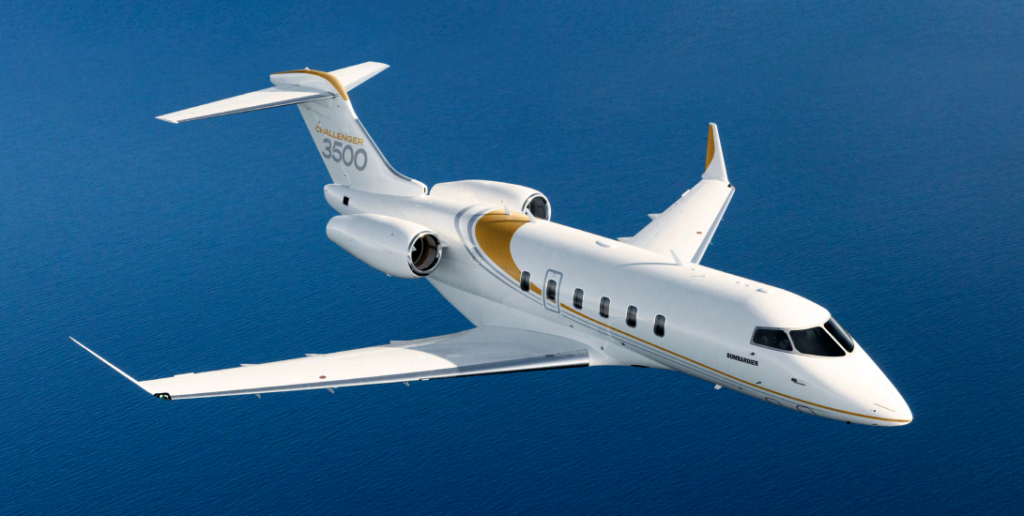
The three families of business jets
Focusing on the essentials is what Bombardier wants. With nearly 4,900 aircraft in operation, this manufacturer is a leader whose reputation is well known.
The company operates several categories of private jets: Learjet, Challenger and Global.
The Global range is one of the largest business aircraft. The Global 7500 is the largest aircraft in operation today, with one of the longest flight ranges. Featuring multiple spaces within the same aircraft, you’ll feel relaxed even on a long-haul flight.
The Challengers are Bombardier’s best-selling jets. They combine innovation and technology, shown in their latest model, the Challenger 3500. This one is expected to take off in 2022 and has incredible features.
Finally, the Learjet 75 Liberty combines comfort with the most demanding safety standards in the aviation industry. This makes it a must-have jet on the market.
Bombardier’s sites
When you need to provide jets, you need to have factories to produce them. For the Canadian company, whose headquarters are based in Montreal, the main plants are located in Quebec. There are 4 of them, which are the main Bombardier plants. For example, the final assembly of the C-Series was done in Mirabel, Quebec. Some business jet components are manufactured at the Saint-Laurent (Quebec) plant. Other factories work on specific parts of the aircraft, such as the wings or fairing. They are also used for aircraft maintenance to ensure customer care. These sites extend internationally to more than ten countries.
Bombardier raises awareness through environmental initiatives

On the path to decarbonisation! Bombardier is a member of the General Aviation Manufacturers Association (GAMA) Environmental Committee. Its aim is clear, to be an important player in the fight against climate change, and to limit the emissions generated by aviation in general.
And for good reason, as in 5 years, it has halved its consumption of non-renewable kerosene. The company is now trying a transition to more sustainable fuel. Bombardier makes it a priority to innovate on aircraft that are less energy consuming. The company is redesigning many elements such as aerodynamics, but also the creation of new engines.
In addition, Bombardier supports numerous projects such as the protection of forests (in Mexico, for example). Their goal is to fight as much as possible against greenhouse gas pollution.
At AEROAFFAIRES, we would be delighted to offer you our range of Bombardier private jets. To find out more and to reserve your trip, complete our online quote or contact us at +33 (0)1 44 09 91 82.

